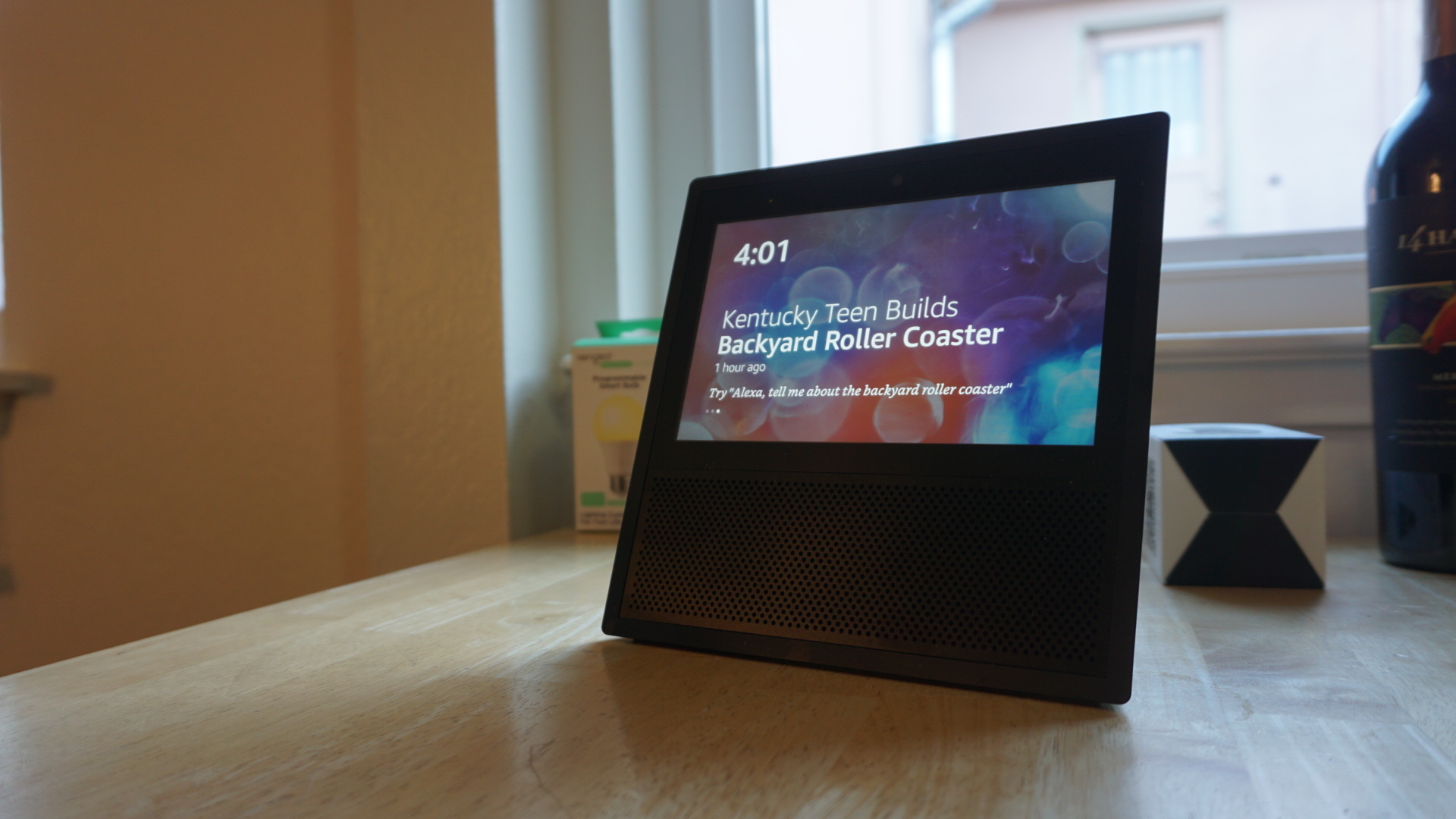TechRadar Verdict
The Echo Show is more of a fun, ancillary device than a necessity, like the Echo or the Dot. It adds value by combining devices you already have and ones you could buy at a lower price elsewhere – just look at the Amazon Echo Dot, for example. But all together, the Show is a marked improvement on the original Echo, and deserves a spot on the kitchen counter.
Pros
- +
Awesome voice recognition
- +
Visually rich touchscreen
- +
Competent smart home hub
Cons
- -
Speaker still sounds shallow
- -
Video calling is limited
Why you can trust TechRadar
The first Amazon Echo Show was launched back in 2017 and its big screen helped to redefine what an Amazon Echo – and indeed any smart speaker – could look like, as well as how it could be used.
Since then, it’s been replaced by two more modes. The Echo Show (2018) and the latest Echo Show 10, which goes on sale on February 25, so where does that leave the original Echo Show in the smart home speaker line-up?
These days, if you’re in the market for a smart speaker, you've got more options than ever when it comes to putting an Amazon Echo or four inside your home, transforming it into a voice-activated, smart home from the future.
Although the initial pioneers of the Echo range were audio-only devices, and many were dubious about the staying power of both the Show and the Spot when they first launched, the fact that Amazon has released two more revamped Echo Show devices is proof that there's lots of demand for an Echo that adds visuals into your home.
Offering visual feedback as well as audio feedback makes a richer experience out of everything. For example, you’ll be served up more detailed weather reports, better cooking or make-up tutorials, video calling and of course Amazon Prime movies content at your fingertips - or even with just your voice.
If you still needed convincing that a smart speaker with a screen is the way forwards, it seems to be such a good idea to add a screen onto a smart speaker that Google is now getting in on the act and even Facebook has thrown its hat into the ring. The Echo Show started the trend, so read on for our original review of this game-changing smart screen.
- See our Echo Spot vs Echo Show 5 guide to compare Amazon's latest smart displays
Amazon Echo Show (2017) FAQ: quick questions answered
Can I watch TV on the Echo Show?
You can watch some TV, yes. But it’ll depend on which region you’re in. For example, if you’re in the UK you can watch BBC iPlayer through a web browser on the Show. In the US, there's support for Hulu.
There are also some Alexa skills dedicated to streaming TV to your Show too, such as the Watch TV with Stream Player skill, but we haven’t had chance to test these ourselves yet.
What does the Amazon Echo Show do?
The Amazon Echo Show is a smart assistant, just like the Amazon Echo. Alexa is the voice-activated, AI brains behind the device. Alexa can do a huge range of things, from tell you the weather forecast and answer questions to control other devices in your smart home.
The big difference between the Echo Show and Amazon’s other devices is the Show has a screen. This means you can watch videos and tutorials on it, as well as make video calls.
Can the Echo Show place calls to mobiles and landlines?
Yep, you can make phone calls with the Echo Show. Initially, audio calls were limited to placing calls between Alexa devices. But if you own an Echo Show in the UK or US, you can now make landline and mobile calls by sharing your contacts book with Alexa.
Do you need Alexa for Echo Show?
Yes. Alexa is what makes your Echo Show smart. Think of her as your own smart assistant and the brains behind the hardware. You ask her to do things and help you with things throughout the day, from “Alexa, what will the weather be like later?” to “Alexa, switch on the lights please.”
You don’t need to do anything extra to get Alexa, the voice assistant comes built-in to Amazon’s Echo range of smart speakers.
Does Echo Show need to be plugged in?
Yes it does. It needs to be connected to the mains to work.
Do you need Amazon Prime for Echo Show?
No. The Echo Show works without Prime, you just need the Amazon Echo app to get up and running. However, there are certain perks to being a Prime member, like getting access to Amazon Music.
Amazon Echo Show: design and set-up
- Subtle, svelte design
- 7-inch touchscreen and 5MP camera
- Speaker has been improved, but still not great
- Microphone array is amazing through and through
Unlike the tower-like Amazon Echo, the Amazon Echo Show is made to fit any environment – it has a subtle black frame that can blend into corners of your kitchen, living room or bedroom without attracting any undue attention to itself.
What gives the Echo Show away is the glowing screen, which lights up as soon as you enter the room. This screen usually offers small tips on how to better use Alexa or prompts you to ask it about a trending news story: ask Alexa to show you the story and not only will the smart speaker read it to you, it also displays the text so you can follow along.
Should you decide to eschew privacy concerns entirely and keep your Amazon Echo Show in your bedroom, the Show does have a Do Not Disturb function, which darkens the screen and allows you to sleep without the bright light keeping you up.
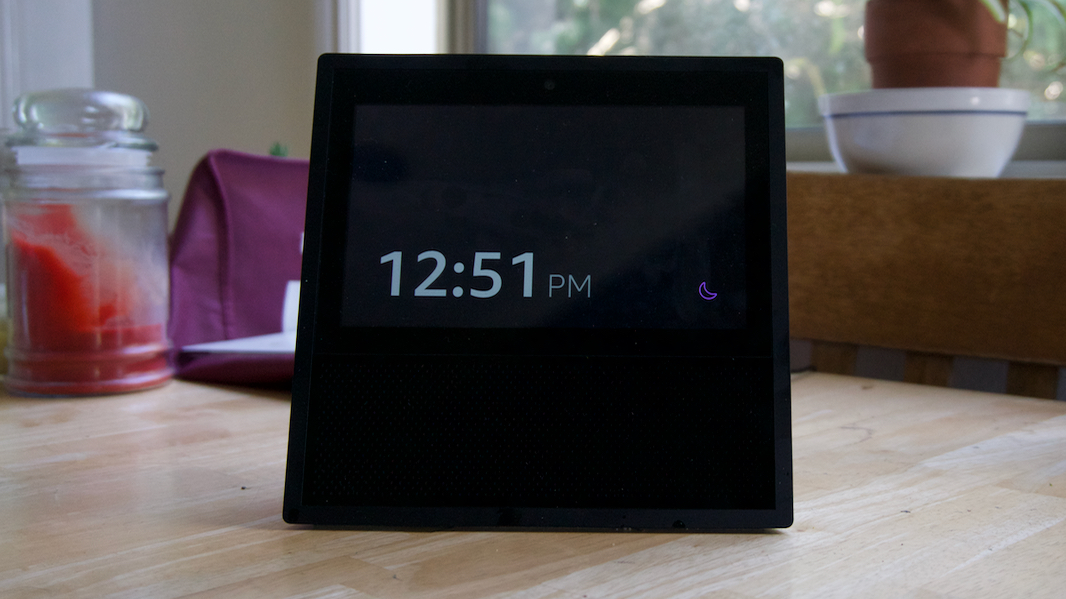
The 7-inch touchscreen on the Amazon Echo Show may sound substantial in relation to, say, a smartphone. But for a device designed to sit on your countertop or coffee table, it's, well, tiny – especially if you’re the kind of person who spends most of their days lounging in front of 65-inch TVs or gaming on 32-inch monitors.
The size of the screen will likely deter you from watching full movies on the Echo Show (though it does have access to Amazon Prime's catalog of content if you want to go in that direction) but it's just large enough for you to see relevant information.
It's perhaps telling that the 2018 version of the Amazon Echo Show has upped the screen size to 10 inches rather than seven.
One huge problem we had with the original Amazon Echo was that its speaker – you know, the thing that made up 50% of the product – sounded really subpar compared to the other Bluetooth speakers on the market at the time.
In the Echo show, the speaker is significantly upgraded: it's still shallow and harsh at times, and can be underwhelming when challenged face-to-face with another speaker in its weight class, but all things considered this speaker gets the job done.
The magic of the Amazon Echo Show happens with its far-field microphone array, located at the top of the speaker, which can hear you over the sound of a conversation or blaring music. Admittedly words are still occasionally misheard or misinterpreted, but it rarely feels like the microphone array's fault. It continues to be Amazon's real secret sauce.
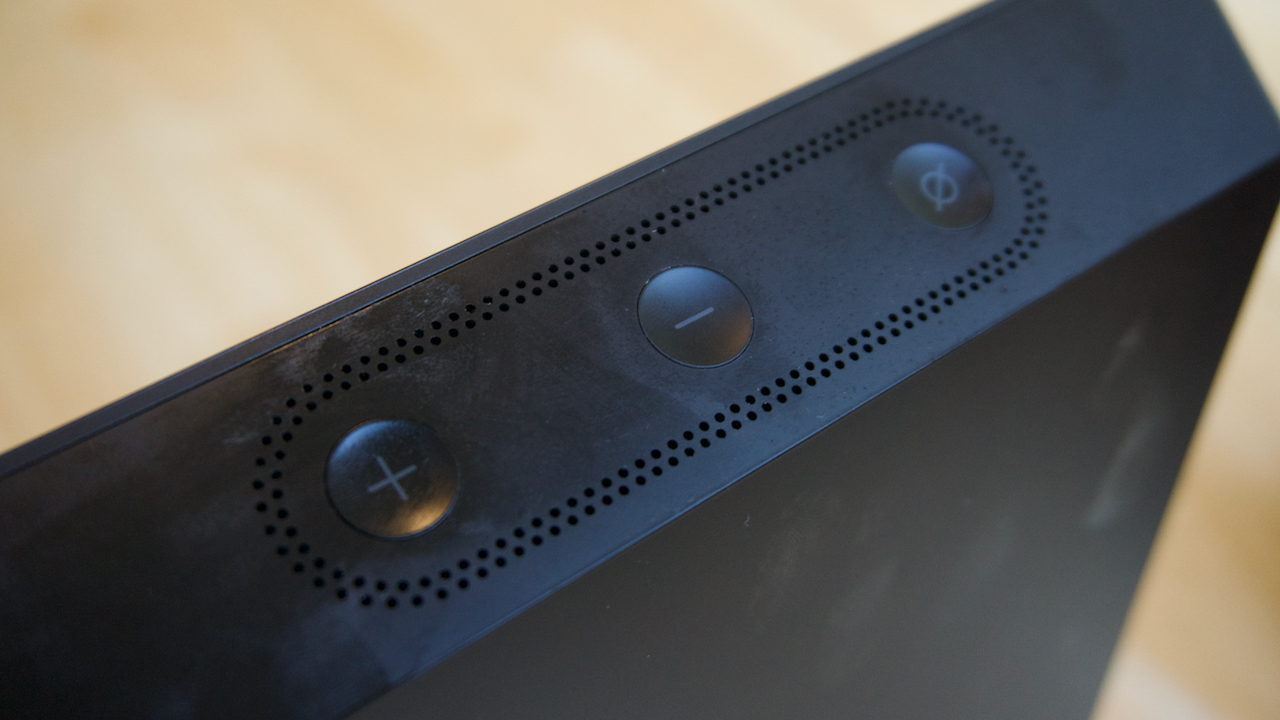
The Amazon Echo Show setup process, especially for those of us with an Amazon device already in the house, should go smoothly and quickly. Connect the device to the Alexa app on your phone via Wi-Fi, and you're off to the races.
So, where does the Amazon Echo Show go? The living room? Does it belong in the kitchen? Should it sit on your nightstand and watch you while you sleep?
This is a matter of preference and while we can't see everyone rushing to put a camera-equipped smart speaker in their bedrooms, the Echo Show is versatile enough to be in any room and remain relatively helpful.
For us, the Show's place is in the kitchen, as that's where it can really excel.
Amazon Echo Show: day-to-day use
- Alexa's a great kitchen assistant
- ...but maybe not a bunkmate
- Great smart home product compatibility
- Skills are numerous, but not all are wonderful
But why choose the kitchen? What exactly makes Alexa a better kitchen aid than a living room companion? It’s a combination of the Amazon Echo Show’s skill set, and personal preference.
Walking into the kitchen in the morning to make ourselves a cup of tea, it was nice seeing a fresh news story loaded onto the screen. We could get news briefings from NPR and ESPN while pouring the milk into a bowl of cereal, and ask what the commute would be like before running out the door.
Later in the day, we'd come home, look up a recipe using some ingredients we’d have on hand, set the cooking mood with some old school R&B and ask Alexa to mind the timers.
By the way, you can check out our selection of the best Alexa skills in our comprehensive rundown, as well as have a play with these great Alexa Easter Eggs.
Now sure, Alexa could’ve worked just as well on the nightstand as it did out in the kitchen, and our phones were just as capable of setting timers and the mood for cooking, but there was something undeniably attractive about having it all rolled into one device.
The kitchen is a loud, busy room, where your hands are often going to be busy doing other jobs, and may well be covered in food too – so the Echo Show works really well.
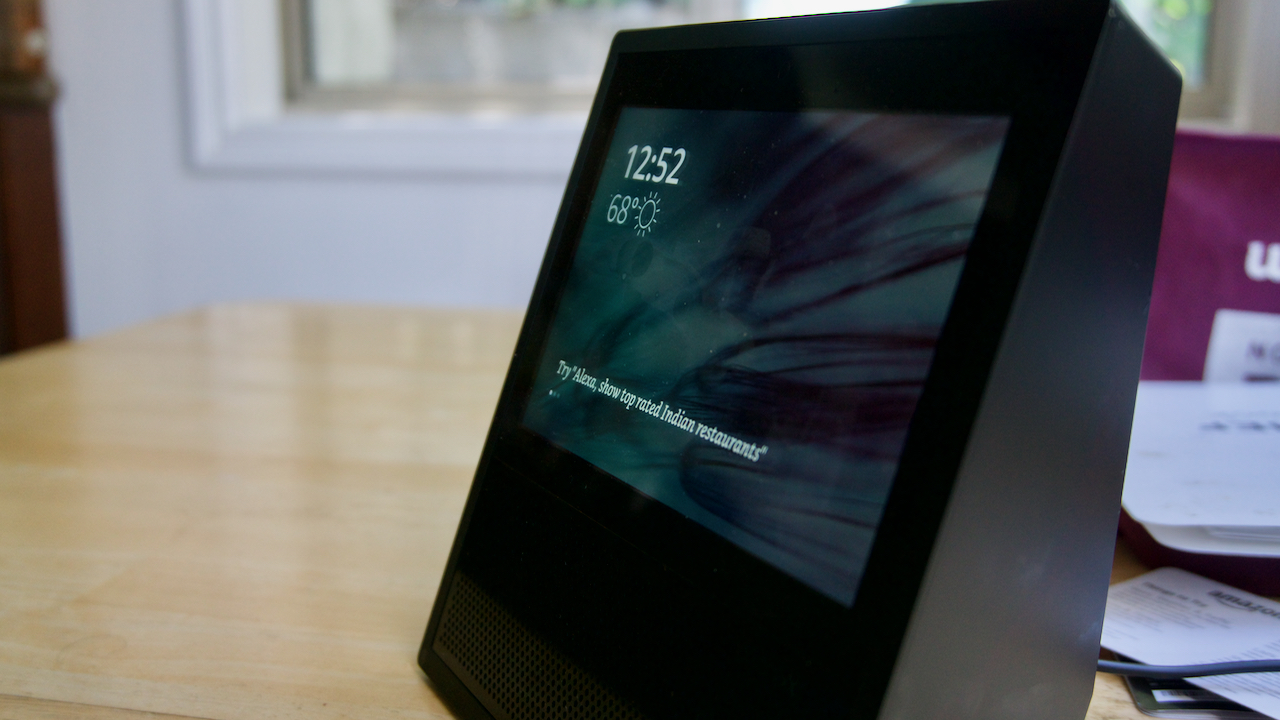
Amazon Echo Show: video calling
- Video calling functionality is well implemented
- Video and audio quality are both good
- Functionality is limited compared to existing apps and services
One of the headline features of the Amazon Echo Show is its ability to make video calls to other Show or Spot owners, or any contacts you have with the Alexa app installed on their phone.
There are two kinds of video call offered by the Echo Show. The standard version is a normal video call, whereby you can choose to video call anyone in your contacts list. You can either speak their name directly, or ask to see a list of everyone you can video call which you can then scroll through using the touchscreen.
Starting the video call then causes the recipients Echo Show to light up, and they'll also get a notification through the Alexa app on their phone. They then have the option of either accepting the call through the Show or via the app itself.
The second kind of video call is activated by asking Alexa to 'drop in' on one of your contacts. This is meant for use with family and close friends, because it starts the call without them having to answer their Echo. You’ll have to specifically allow any contacts you want to grant this permission to.
Suffice to say, that this functionality should be enabled sparingly, if at all – although we can see the benefits if you are a family and you quickly want to drop in on the kids to get them down to dinner. We think a big shout always works best, but the Echo's functionality could definitely work in that way.
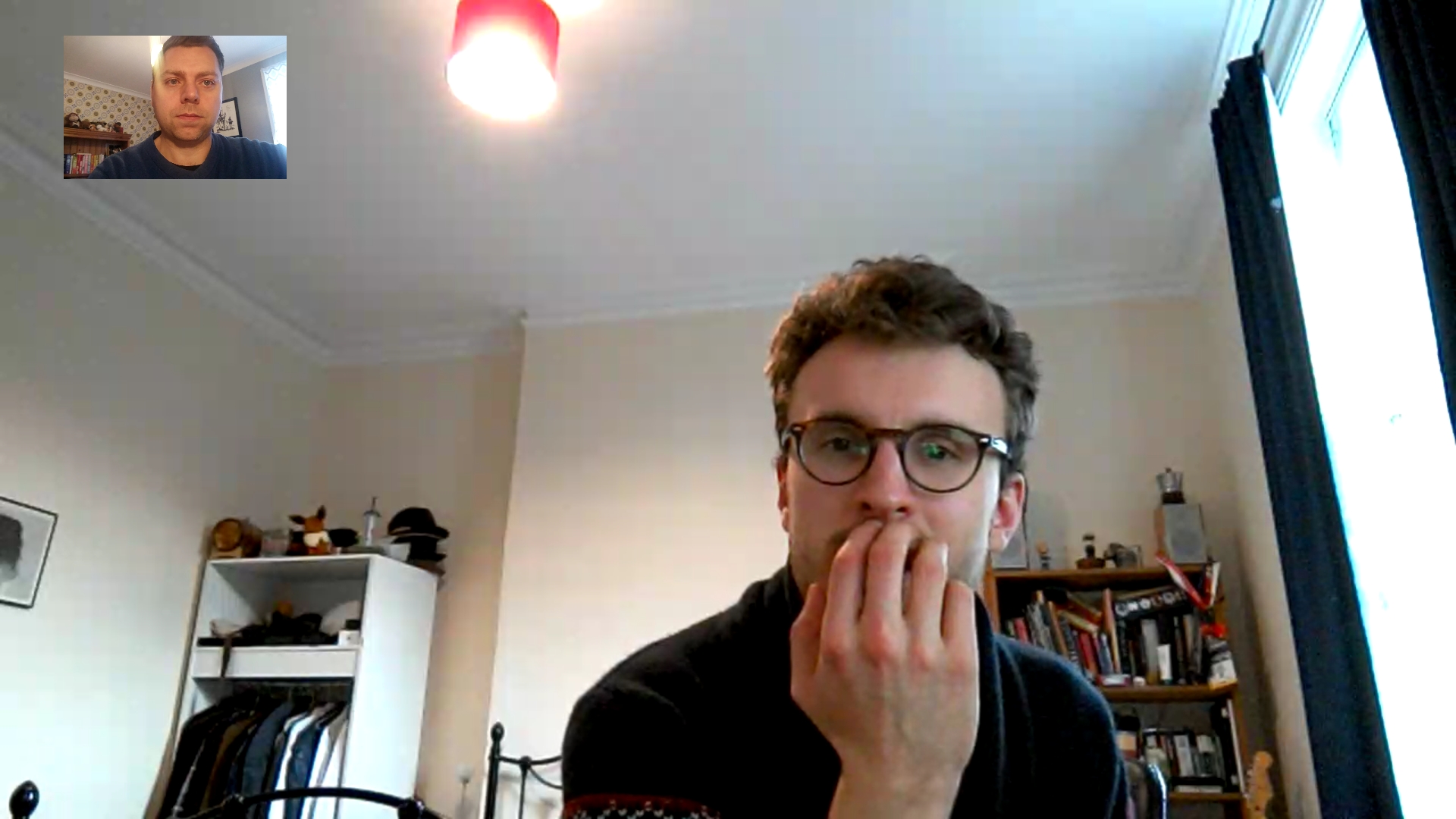
Once you get into a video call, both the quality of the video and the audio is solid on Echo-Show-to-Echo-Show calls. It's not in the same league as a decent PC webcam, but it appeared similar in quality to the front-facing camera on your average smartphone.
Audio came through with a nice amount of clarity, making the most of the microphone array included in each Echo device.
Based on voice and video quality, we'd say the Echo Show is a good competitor for existing video calling solutions like FaceTime and Skype, but the functionality is a lot more limited. For one thing you’re making a video call using a device that's plugged into the mains and can't be moved around the home, and you can't (yet?) have a call with more than one other person.
You'll also have problems if none of your friends own Echo Shows, which at this point we'd say is quite likely.
Amazon does allow you to make a call through the Echo app on a smartphone or tablet, but we couldn’t find an option to switch between the two seamlessly. It's a case of turning one off and adding another.
The functionality is well implemented, but it's limited on the Amazon Echo Show in comparison to the competition. And when you're on a call, Alexa functionality is restricted too – you can end the call by saying "Alexa, stop", but you can't ask Alexa anything else when the video call is in progress.
Amazon Echo Show: voice calling
- Unlimited voice calling to any number in North America
- Voice quality can be subpar
Of course, if video isn’t all that important to you, the Amazon Echo Show can do regular voice calling in the US, Canada and Mexico free of charge.
This will not only work from Alexa-to-Alexa devices, but also to any landline or mobile number as well. There's no charge for using the feature and your friends will still see your name and contact info when you call.
From our testing, there seems to be an odd difference in quality between voice and video calls.
During voice calls, we found that words are regularly cut off by the Amazon Echo, and the sound quality isn't fantastic at either end of the line. It's not the kind of thing you'd want to use as a substitute for a house phone, for example, and probably the last thing you’d ever want to make important business calls with.
Sometime down the road it's possible that better services will come to the Echo devices – Skype, perhaps, or Google Hangouts. But for now, voice calling still leaves a lot to be desired.
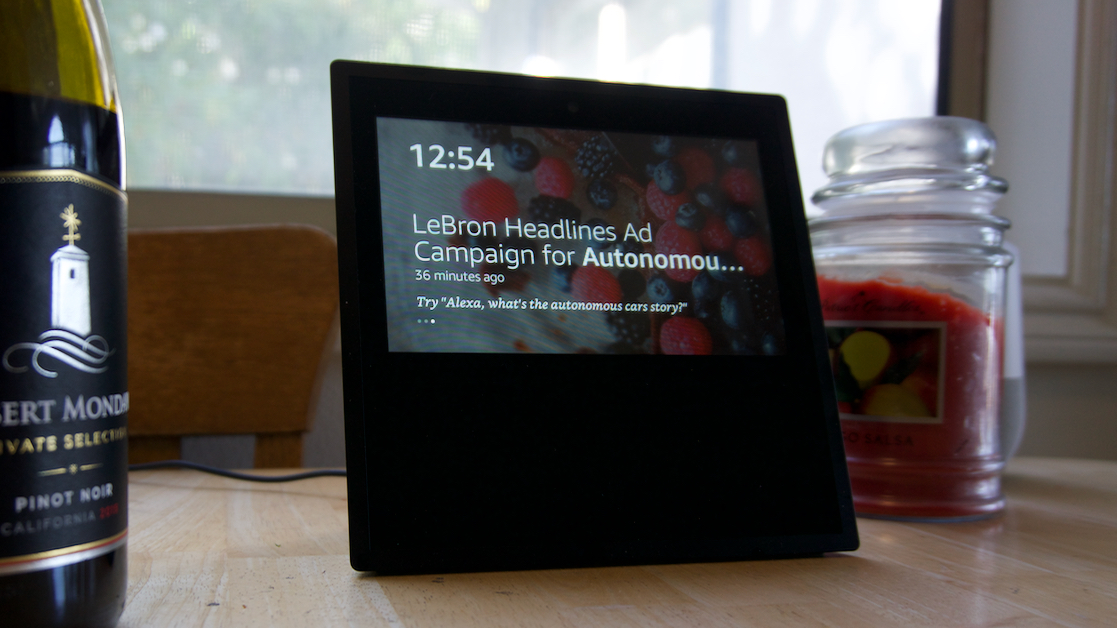
Amazon Echo Show: Prime Music and Video integration
- Music playback is good, and lyrics are a nice touch (when available)
- Video playback through Amazon Prime Video is fine...
- ...but browsing through it is a pain
- The device also badly needs more video services
This is where things start getting fun. Amazon has been busy ramping up its paid-for Prime Music service so that it competes (in numbers of songs at least) to the might of Spotify and Apple Music. It also offers some lovely flourishes that work brilliantly with the Amazon Echo Show.
One of these is the ability to have song lyrics appear on the screen, and it's great. Instead of just showing the artwork of the album or song you are listening to, the addition of lyrics draws you to the Echo Show and makes nice use of the screen. Granted, the lyrics aren’t available for every song, but it's nice that they are included at all.
Amazon hasn't gone all the way with a bouncing ball over the lyrics yet but it's definitely this type of functionality that will draw people to use a device like the Amazon Echo Show more regularly.
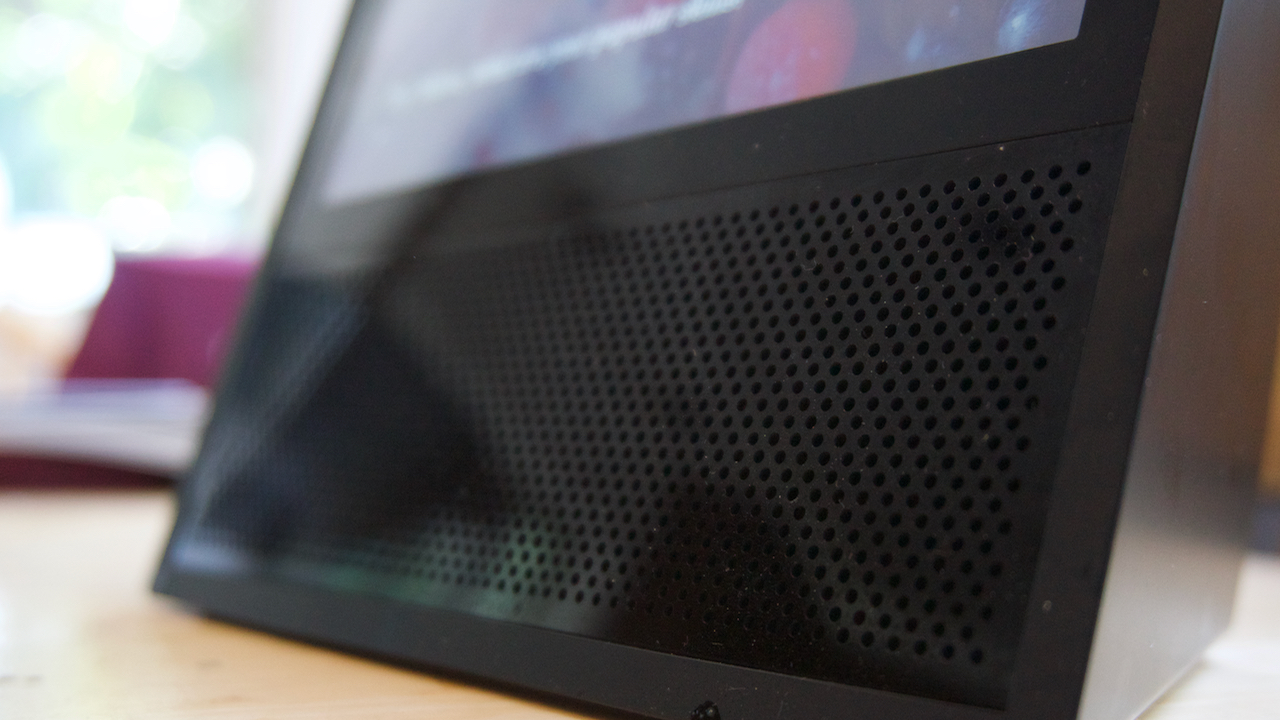
Given that the main USP of the Amazon Echo Show is the screen, it's a shame that Amazon keeps falling out with YouTube – at the moment you have to use a browser workaround to get YouTube content up, which isn't great.
There's also Amazon Video integration, which is half decent. The half that's decent is how easy it is to load up: say "Alexa, play Red Oaks on Amazon Video" and it will get the series up no problem (in our case we were on episode 5 and it picked up where we left off without breaking sweat).
All good so far, but the half that isn't so decent is the ability to just browse Amazon Video. Say, "show me Amazon Video" and you get a limited selection of things from Amazon Video that you can scroll through, some of which are paid-for and some of which need a Prime subscription. It doesn’t really allow you to delve in deeper, and that's a shame.
For it to work, you need to know what you want to watch and leave the browsing for the phone or tablet version rather than the Amazon Echo Show.
Amazon Echo Show: Alexa, friend or foe?
- Alexa has grown up a lot over the last few years
- Some would say it's still not up to par with Google Assistant
Although Google Assistant and Siri are quickly playing catch up, Alexa has gone from strength to strength in recent years, and is core to the Amazon Echo Show.
The real learning curve of a product with Amazon Alexa built into it is knowing what to ask Alexa, what works and what doesn't, and then diving into Echo Skills to add abilities. These are a little like apps for your smart speaker, and there are now over 30,000 of them.
Check out TechRadar’s handy best Alexa skills guide for more ideas, but Amazon includes a little booklet with some starter ideas. These are pretty simple but effective.
You can ask Alexa what the time is, what the weather is like (you'll have to tell it whereabouts you live for this), request a flash news bulletin or a joke, set a timer, and much more… there's a whole host of things you can do without going anywhere near third-party skills.
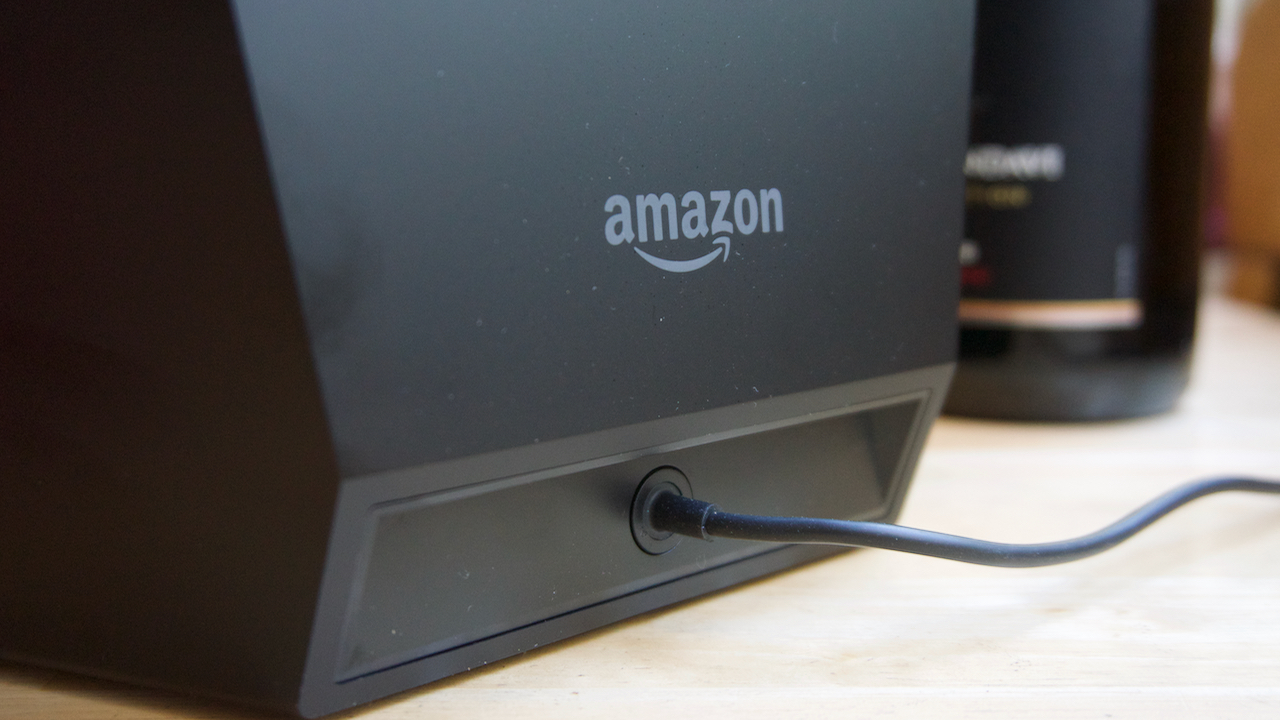
Amazon has also recently rolled out a new feature which lets developers tell Amazon the kind of questions their tool can answer: so vague requests can be met with some suggested skills (handy if you forget the exact wording for something).
Another significant update to the Echo Show specifically is Tap to Alexa, which has been developed for people who are hearing impaired. It places common Alexa commands on the Echo Show's home screen and introduces a virtual keyboard to allow users to type in commands by hand.
And there are plenty more Alexa updates on the cards soon too. One which has got us excited is the ability for Alexa to more naturally understand what we're blabbing on about – Alexa just keeps listening and responding until you're finished asking your questions.
We liked
It's not easy being first. You're the one who has to explore uncharted territory and figure out the complex problems, and you get the blame if something goes wrong. So, in an effort to be more supportive of the pioneers in technology, the Amazon Echo Show is a smart trendsetter.
The original Echo launched a legion of smart speakers, and we've already seen the Show do the same with rival products from Google and Facebook appearing.
The Show doesn't win points on innovation alone though – at its best, it is a helpful assistant for the kitchen. Alexa is a fantastic aid when looking up recipes or calling up films to pass the time while slaving over the stove, and has basic answers to all the most common questions.
It's a great music streaming device that can now rival Sonos systems thanks to multi-room audio support and groups, and it does have unlimited calling… even if it can't offer up the best sound quality out there.
We disliked
In so many ways, the Amazon Echo Show was ahead of its time.
It had a neat video calling feature, but limited ways to use it; it had a whole new way to display information and yet, most of the time, used it for mundane tasks like showing song lyrics. It was one of the most well-connected smart speakers on the market, but third-party apps could frustrate.
Now the baton gets passed on to the 2nd-gen Amazon Echo Show, with more screen space and a more attractive design.
Final verdict
At $149.99/£199.99, the Amazon Echo Show proves to be a competent home helper. The addition of the screen is unique, and helped separate the Show from the crowd (at least to begin with). It didn't make the best use of the display, but it tried.
The Echo Show, like the Echo before it, is more of a fun ancillary device more than it is a true necessity. It adds value by combining devices you already have and ones you could buy at a lower price elsewhere – just look at the Amazon Echo Dot, for example.
Taken all together though, the Show is a marked improvement on the original Echo, and one that still deserves a spot on the kitchen counter, if for no other reason as a gateway to the long-promised smart home.
Image Credits: TechRadar.
Nick Pino is Managing Editor, TV and AV for TechRadar's sister site, Tom's Guide. Previously, he was the Senior Editor of Home Entertainment at TechRadar, covering TVs, headphones, speakers, video games, VR and streaming devices. He's also written for GamesRadar+, Official Xbox Magazine, PC Gamer and other outlets over the last decade, and he has a degree in computer science he's not using if anyone wants it.
